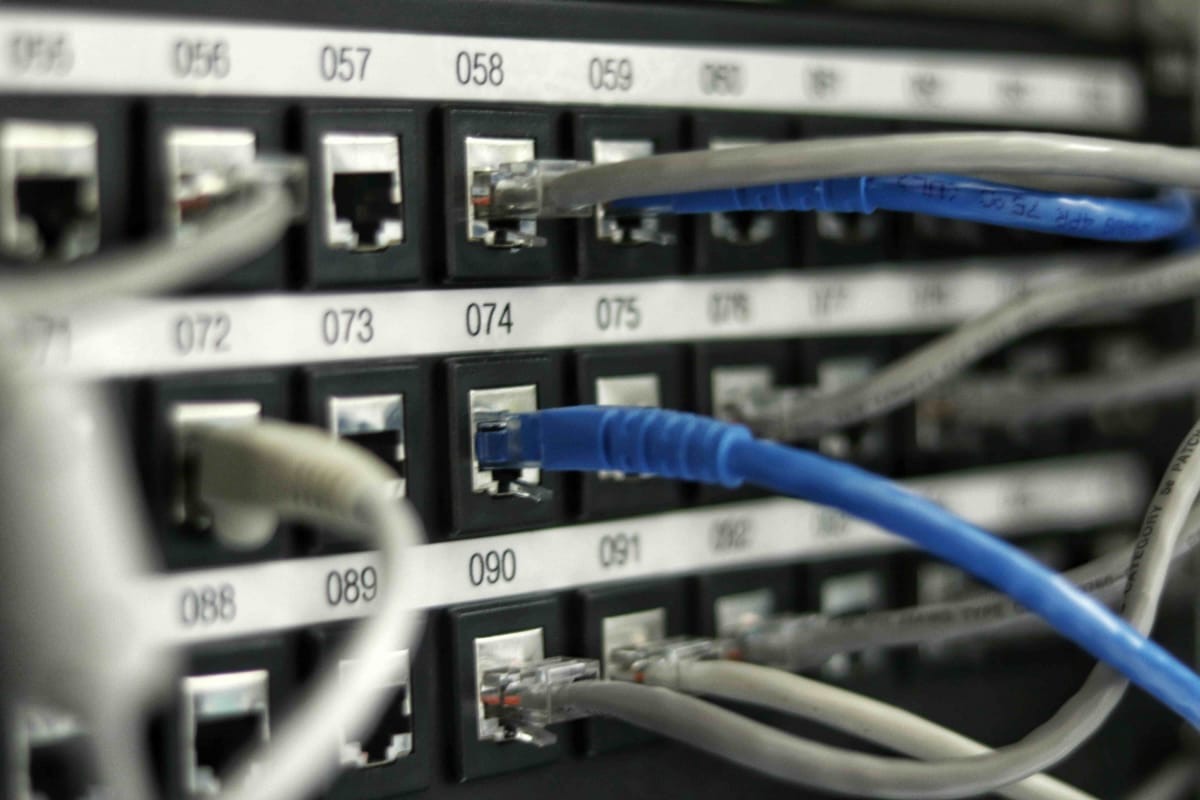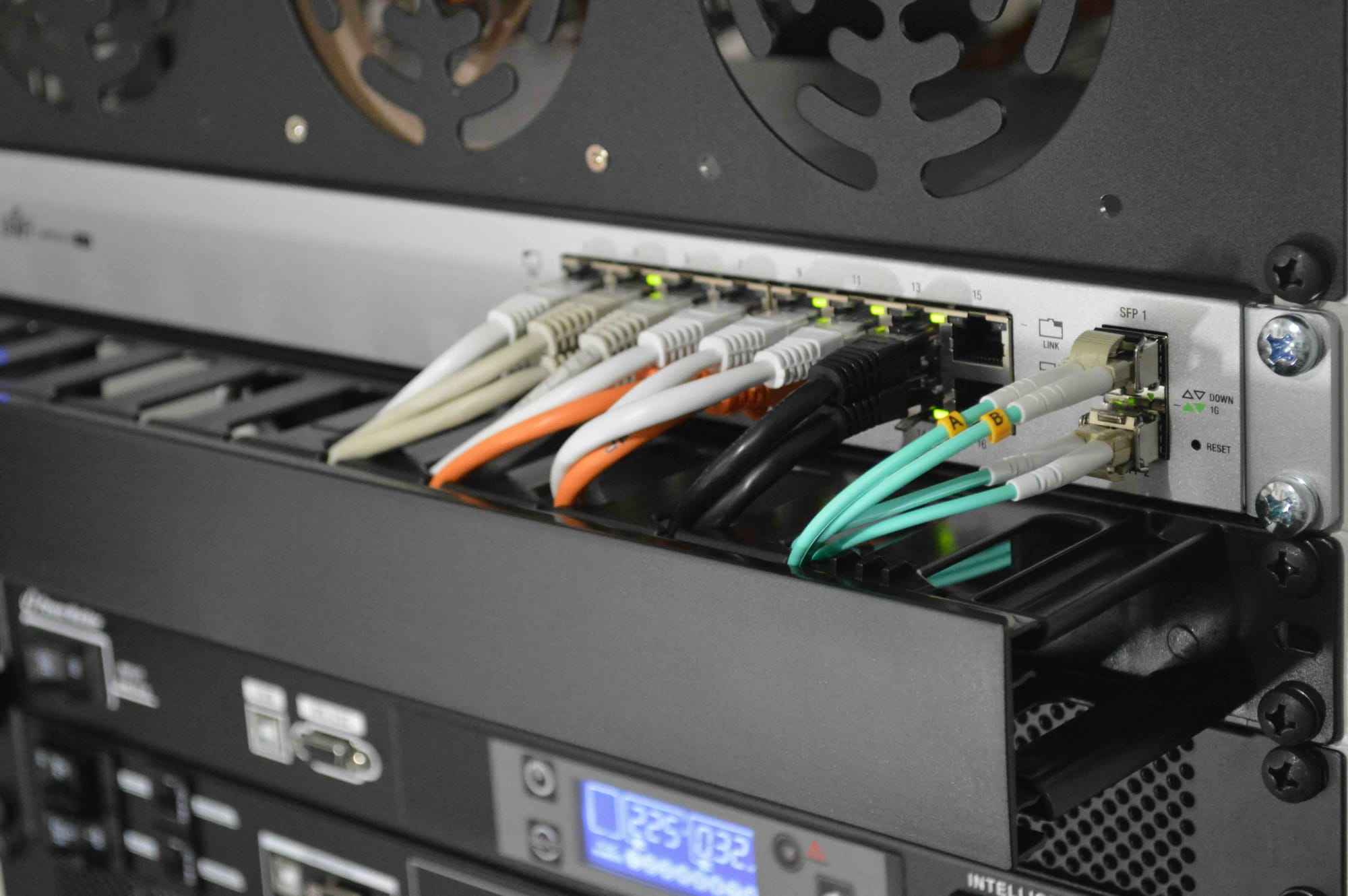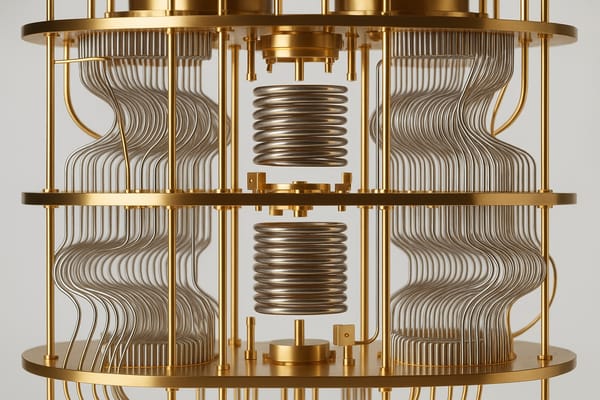Big Ideas for 2025: Addressing the great AI energy crisis
How can data centres optimise energy usage as artificial intelligence electricity usage continues to accelerate?

Demand for AI is surging across the world, putting huge pressure on energy infrastructure. The global electricity consumption of data centres is predicted to double by 2028 to reach a mammoth 857 Terawatt hours (TWh). Over this period, AI data centres will use roughly 44.7% more energy each year to reach 146.2 TWh in 2027.
Powering the AI revolution is clearly a non-trivial task. Yet it also offers potential for optimisation at every stage of the process. To understand more about the problem and get some ideas on how to solve it, Machine spoke to Mark Rushworth, CEO of the UK-based startup Finchetto, which is developing pioneering light-speed photonic processors and network switches for sustainable computing.
Finchetto is on a mission to solve what it describes as "the biggest challenge facing AI today": bringing down the energy demands of data centres and hyperscalers.
It warns that the conventional network switches that connect servers and devices are "power-hungry workhorses of every data centre", accounting for 20% of every data centre’s total energy requirement.
Finchetto claims its tech drives down total data centre energy demands by up to 20% while offering improved efficiency, low latency and "virtually unlimited" throughput. Compared to the current industry-leading switches, Finchetto’s devices use 53x less power.
Here's what Rushworth told us about the Great AI Energy Crisis.
How bad is the energy crisis now and how much worse going to get?
"The next four years are going to expose fundamental tensions between AI’s capacity to scale, and the world’s already creaking energy infrastructure. By next year, data centre electricity yearly demand is forecast to double.
"Clearly, something has to give or consumers and many smaller businesses will simply be priced out of the energy markets and AI acceleration will stall. While a lot of focus is rightly on increasing the world’s energy supply, there needs to be more attention and investment into how we can make data centres more energy efficient whilst simultaneously delivering higher performance.
"At AWS Re:invent in December, Peter DeSantis of AWS estimated that to halve AI model loss (i.e. to improve AI model accuracy by 50%), we will need one million times more compute.
"Clearly, building one million times more data centres is not possible so if we want to see continued rapid improvements in AI, every element of AI infrastructure technology must now be reconsidered from first principles to offer more compute for less power."
Why are conventional network switches so energy-intensive?
"Today’s network switches rely on electronics to convert and route data packets. Compared to operating purely in the photonics realm as we do at Finchetto, conventional optoelectronics network switches are highly energy inefficient and also introduce latency and limit throughput.
"Network switch companies continually seek gains, but they are always incremental. Given the insatiable thirst for ever more compute, what is needed is a fundamentally new architecture for network switches and one that is fully optical, with no need for electronics."

How does Finchetto remove the need for electronics?
"Finchetto was founded to revolutionise a core aspect of every data centre and hyperscaler – network switching data between GPU and CPU clusters. Today’s network switches are opto-electronic and their operation, shuttling packets back and forth between clusters, typically accounts for up to 20% of all data centre power usage.
"Our innovation – the development of the world’s first fully-optical, completely passive network switch – has the potential to reduce a data centre’s energy consumption by nearly a fifth, while increasing speed, performance and throughput exponentially. By removing electronic conversion from network switching, we can make a significant impact on the energy demands of AI. It is a significant breakthrough."
How unique is your technology?
"Finchetto removes the need for electronics by using light to control light. This is something that has never been done before. We have developed a unique nonlinear process that uses special photonic crystals. These photonic crystals
are also used in quantum computing, where the material’s “tunable” properties are used to entangle photons for qubits.
"We were first to identify the potential to use non-linear photonic crystals to enable the world’s first optical, passive network switch in standard datacoms and telecoms applications.
"Our completely passive switch is compatible with existing data centre architecture and, compared to conventional network switches, delivers a 53x reduction in power consumption vs. state-of-the-art. By using light to control light,
we can lower the latency of the network by orders of magnitude, and thereby massively increase the parallelisation of the compute for large-scale AI models – all completely unachievable with today’s solutions.
"This is a new paradigm for network switching and offers a technology roadmap with many further gains ahead. Finchetto has an opportunity to re-set the bar on data centre performance and efficiency - which is essential if we are going to realise the full potential of AI."
Have you got a story or insights to share? Get in touch and let us know.




